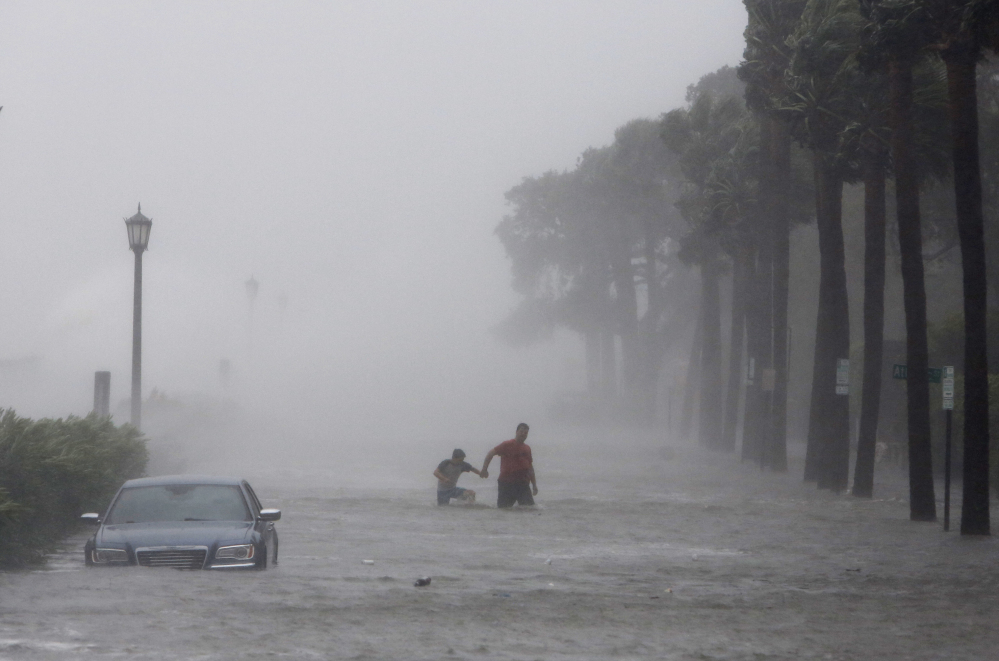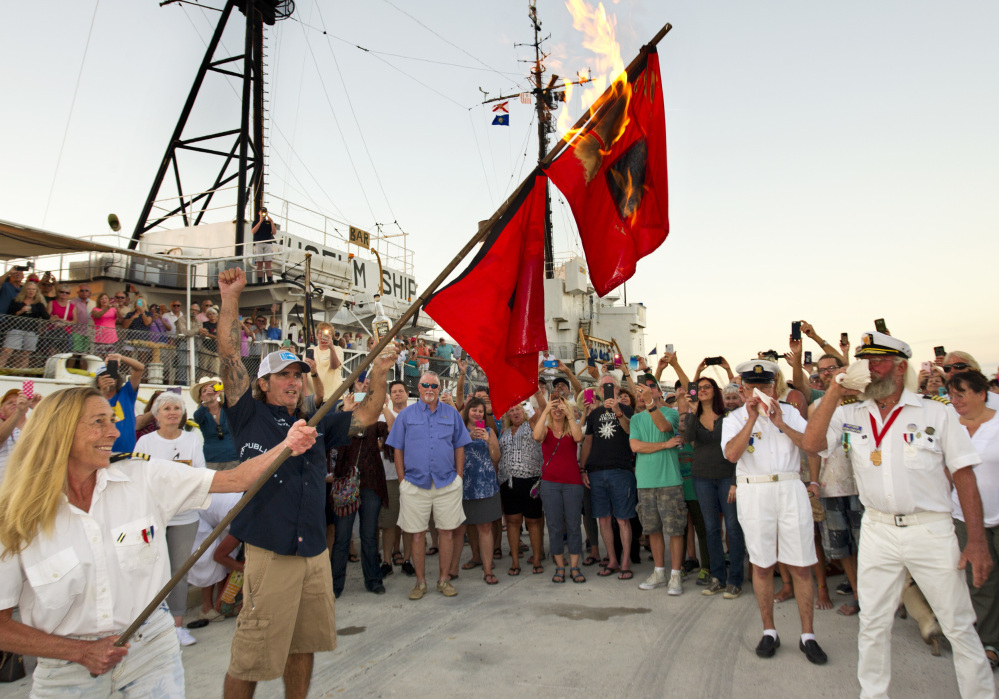The horrible hurricane season that we desperately wanted to end in August and then September, but which callously refused, is finally over.
It ranks as the most destructive and among the busiest on record. Three storms in particular, Harvey, Irma and Maria, did the lion’s share of the damage, unleashing a full-on assault on so many vulnerable shores – many of which are still recovering.
In all, 17 named storms raked across the Atlantic Ocean basin. Ten of them became hurricanes, six of them major – rating Category 3 or higher on the Saffir-Simpson scale.
The busiest and most painful stretch of the season spanned from late August to early October, when 10 hurricanes exploded over the abnormally warm tropical waters in 10 weeks.
September marked the brunt of this punishing stretch, setting a monthly record for accumulated cyclone energy or ACE, a measure of storm power and longevity. On Sept. 8, more ACE was generated than any other day in recorded history, dating to 1851. On that day, Irma was a Category 5 hurricane, Jose was a Category 4 hurricane, and Katia was a Category 2 hurricane. Maria would form just a couple of weeks later.
This season as a whole racked up the seventh-most ACE on record, joining the ranks of truly notable and memorable seasons such as 1933, 2005, 1893, 1926, 1995, 2004, 1950, 1961 and 1998.
The storms that formed this season were a magnet for land masses. Of the 17 named storms that formed, only six did not hit land. Few areas along the U.S. Gulf and Southeast coasts as well as the Caribbean were spared from at least indirect effects from the onslaught of storms.
The season’s most notorious hurricanes – Harvey, Irma and Maria – were also among the most intense, their peak winds reaching 130 mph, 185 mph and 175 mph, respectively. Mercilessly, all of them made landfall at or very close to their peak intensities. This was the first year on record that the continental United States experienced two Category 4 hurricane landfalls: Harvey and Irma.
Harvey will be most remembered for its unprecedented 60 inches of rain in Southeast Texas, the most of any storm recorded in U.S. history, and the catastrophic flooding that resulted. The storm dispensed the equivalent of 33 trillion gallons of water on the United States.
Harvey ended the record-smashing 4,324-day-long “major hurricane drought” in the United States when it crashed ashore near Corpus Christi, Texas. And then it stalled, maintaining tropical storm status for 117 hours after landfall, a record for a Texas landfalling hurricane.
Irma will be most remembered for its horrible toll in the Caribbean, utterly destroying the island of Barbuda, shredding sections of the Virgin Islands and then knocking out power to much of Florida.
The storm maintained an intensity of 185 mph for a global record of 37 hours, and it was also the strongest hurricane on record in the Atlantic, outside of the Gulf of Mexico and the Caribbean.
Send questions/comments to the editors.




Success. Please wait for the page to reload. If the page does not reload within 5 seconds, please refresh the page.
Enter your email and password to access comments.
Hi, to comment on stories you must . This profile is in addition to your subscription and website login.
Already have a commenting profile? .
Invalid username/password.
Please check your email to confirm and complete your registration.
Only subscribers are eligible to post comments. Please subscribe or login first for digital access. Here’s why.
Use the form below to reset your password. When you've submitted your account email, we will send an email with a reset code.